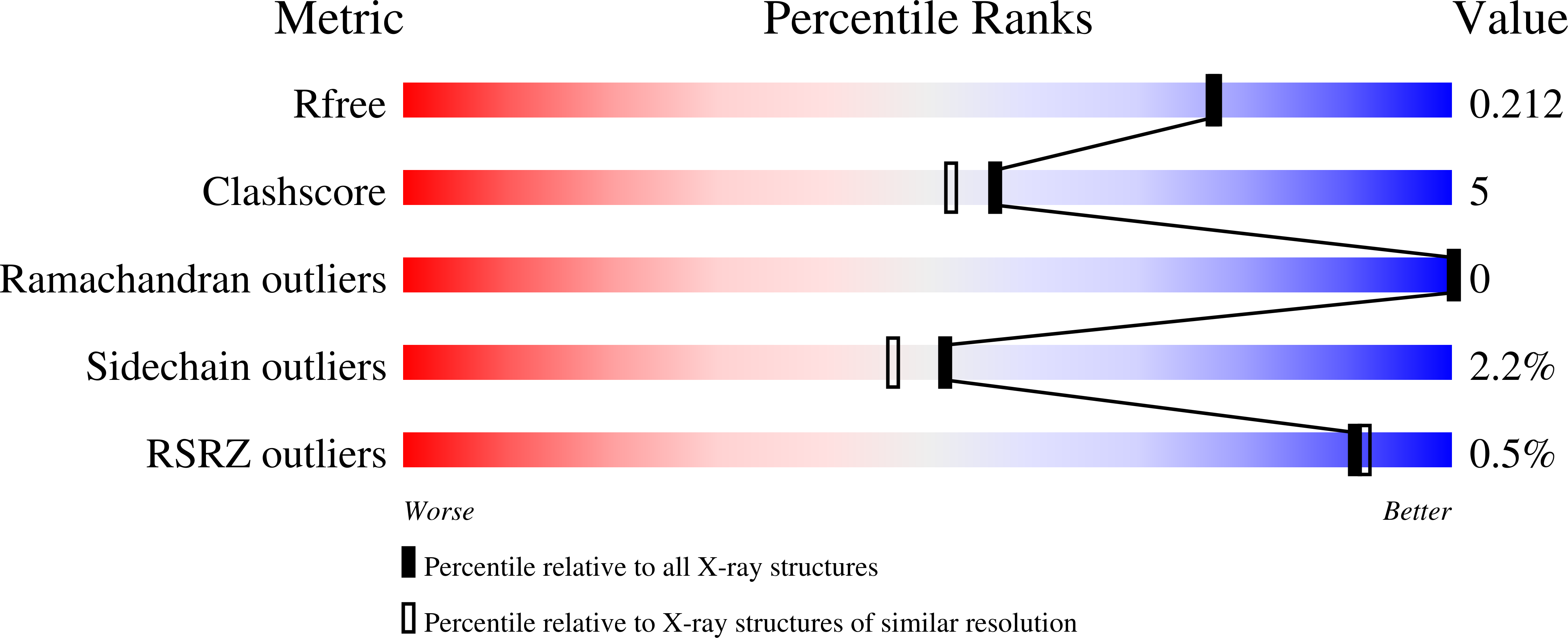
Deposition Date
2012-07-23
Release Date
2012-10-31
Last Version Date
2023-11-08
Entry Detail
PDB ID:
4G8P
Keywords:
Title:
Rat Heme Oxygenase-1 in complex with Heme and CO with 16 hr Illumination: Laser on
Biological Source:
Source Organism:
Rattus norvegicus (Taxon ID: 10116)
Host Organism:
Method Details:
Experimental Method:
Resolution:
1.90 Å
R-Value Free:
0.20
R-Value Work:
0.16
R-Value Observed:
0.16
Space Group:
P 32 2 1


